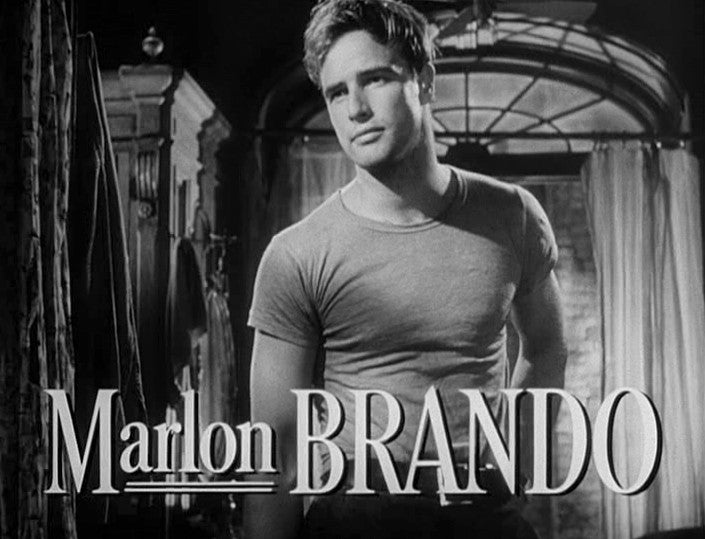
The Evolution of T-Shirts: From Undergarments to Cultural Icons
Share
T-shirts are a staple in wardrobes worldwide, beloved for their comfort, versatility, and ability to express personal style. But how did this simple garment evolve into a cultural phenomenon? Let's take a journey through the history of t-shirts and discover how they became an iconic piece of fashion.
The Humble Beginnings
The t-shirt's origins can be traced back to the late 19th century. Initially, it was designed as an undergarment worn beneath uniforms and formal attire. Made from lightweight cotton, these early t-shirts were intended to provide comfort and absorb sweat, keeping outer garments clean.
Early 20th Century: Military Influence
The t-shirt began to gain prominence during World War I when American soldiers noticed the lightweight cotton undershirts worn by European troops. By World War II, the U.S. military had adopted the t-shirt as standard issue, contributing to its popularity among civilians once soldiers returned home.
1950s: Hollywood and Rebellion
The 1950s marked a turning point for t-shirts, thanks to Hollywood icons like Marlon Brando and James Dean. Their portrayal of rebellious characters wearing plain white tees in films such as "A Streetcar Named Desire" and "Rebel Without a Cause" made the t-shirt synonymous with youthful defiance and coolness. This era solidified the t-shirt as a standalone garment rather than just an underlayer.
1960s and 1970s: A Canvas for Expression
The cultural upheavals of the 1960s and 1970s transformed t-shirts into canvases for self-expression. With advances in screen printing, t-shirts became a medium for political statements, band logos, and artistic designs. The rise of rock and roll, along with social movements, saw people using t-shirts to broadcast their beliefs and affiliations.
1980s and 1990s: Branding and Pop Culture
As branding became a powerful marketing tool, companies recognized the potential of t-shirts as promotional items. Iconic brands like Nike and Adidas began producing logo-emblazoned tees, turning them into must-have fashion items. Pop culture also embraced t-shirts, with TV shows, movies, and celebrities contributing to their status as trendy attire.
2000s to Present: Versatility and Sustainability
Today, t-shirts come in various styles, fits, and fabrics, reflecting the diversity of modern fashion. They are a wardrobe essential for people of all ages, worn for both casual and formal occasions. Additionally, the growing emphasis on sustainability has led to innovations in eco-friendly materials and ethical production practices, making t-shirts not just stylish, but also responsible choices.
Conclusion
From their beginnings as utilitarian undergarments to their current status as cultural icons, t-shirts have undergone a remarkable transformation. They have adapted to changing social norms, technological advancements, and fashion trends, proving their enduring appeal. Whether as a blank canvas for expression or a simple comfort piece, t-shirts continue to be an integral part of our lives, embodying both individuality and universality.
Explore our collection at TeeJoy Studio and find the perfect t-shirt to express your unique style and personality.




